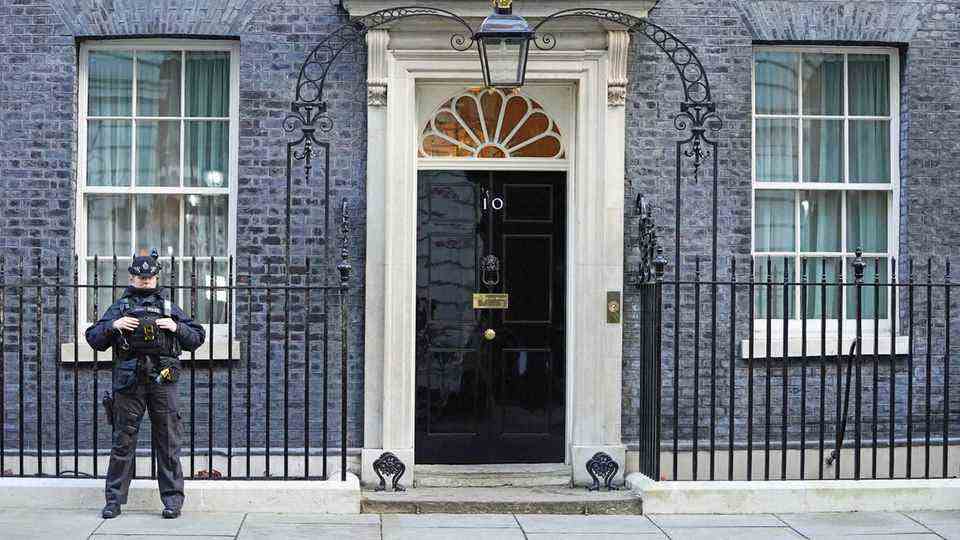“The Devil’s Long Breath”
Münster “crime scene”: Does the drug scopolamine really exist?
Inspector Thiel (Axel Prahl) is drugged in “Tatort: The Devil’s Long Breath”.
© WDR/Molina Film/Thomas Kost
In the new Münster “crime scene” Commissioner Thiel is drugged, almost commits a murder and can’t remember anything. But does such a substance really exist?
Chief Inspector Thiel, played by Axel Prahl, is drugged in the new Münster “crime scene” and almost commits a murder. Almost without will he obeyed all orders in the intoxication and can not remember anything the next morning. In the course of the film it is explained that he inhaled a substance that is also called “Devil’s Breath” – analogous to the film title “Devil’s Long Breath”. It is scopolamine, also known as burundanga in South America. It is the most dangerous drug in the world.
So much for the cinematic explanation. But: Does this representation also correspond to reality? The answer is: at least to a large extent. The substance scopolamine also exists in reality and is actually called Burundanga in South America. It is used, among other things, as a co-agent and is usually included in food, drinks or prepared cigarettes. Scopolamine occurs as a white crystalline powder or as colorless crystals. The effect: willless victims who usually can’t remember anything the next day.
Münster “crime scene”: How does the drug really work?
Also true is the fact that scopolamine is very difficult to dose. An overdose can quickly become fatal due to the onset of respiratory paralysis. As also implied in the film, scopolamine was formerly used by secret services as a truth serum. It is still used in medicine today and is used in extremely small doses, for example as an anti-emetic. It is also used in ophthalmology and palliative care.
In nature, the active ingredient, also known as hyoscine, occurs in nightshade plants, such as thorn apple, henbane, mandrake, deadly nightshade and angel’s trumpet. For medical use, however, the substance is usually produced artificially. Detection in the blood is – as also correctly shown in the film – extremely difficult and cannot be carried out with conventional screening methods.



